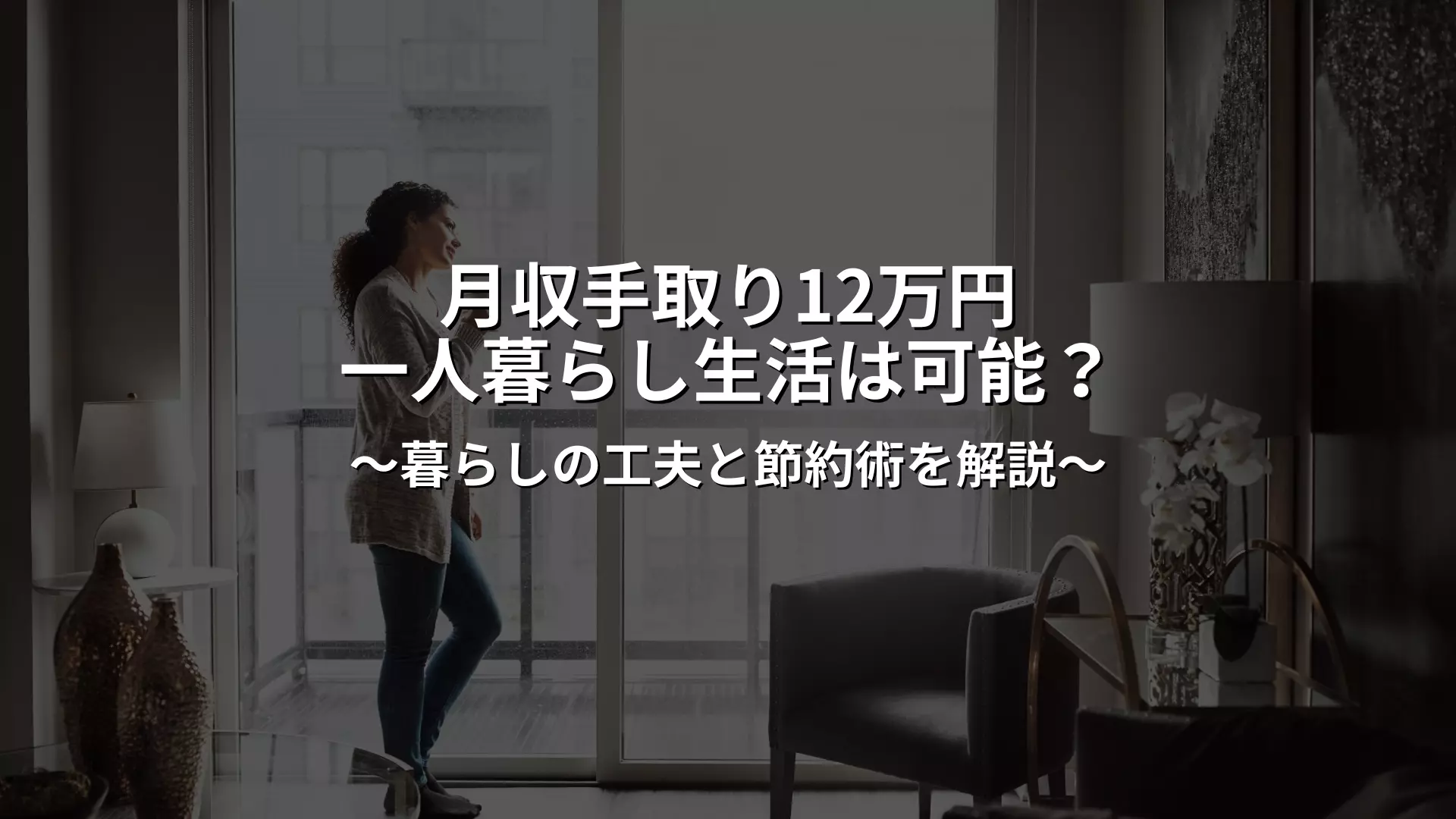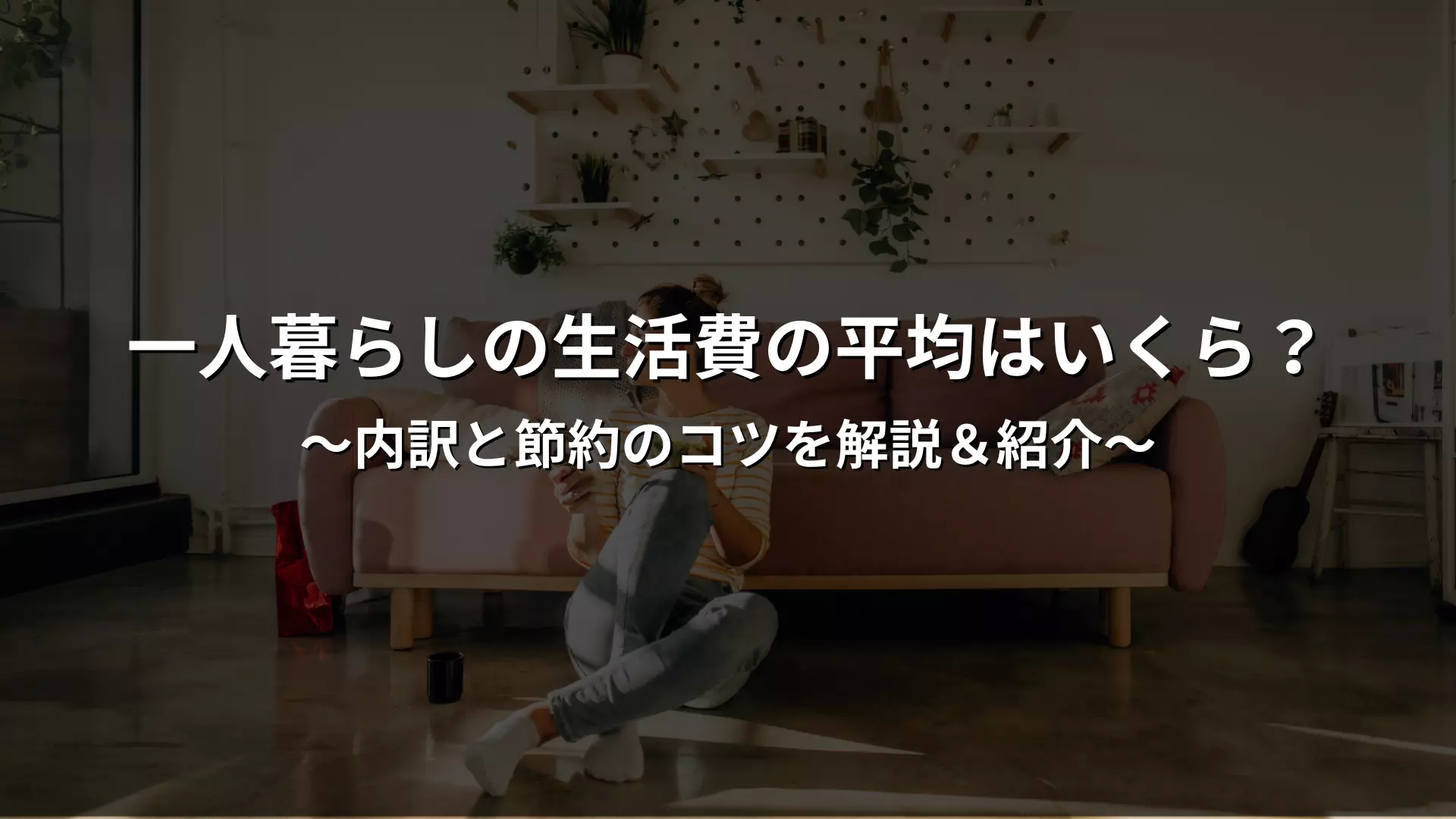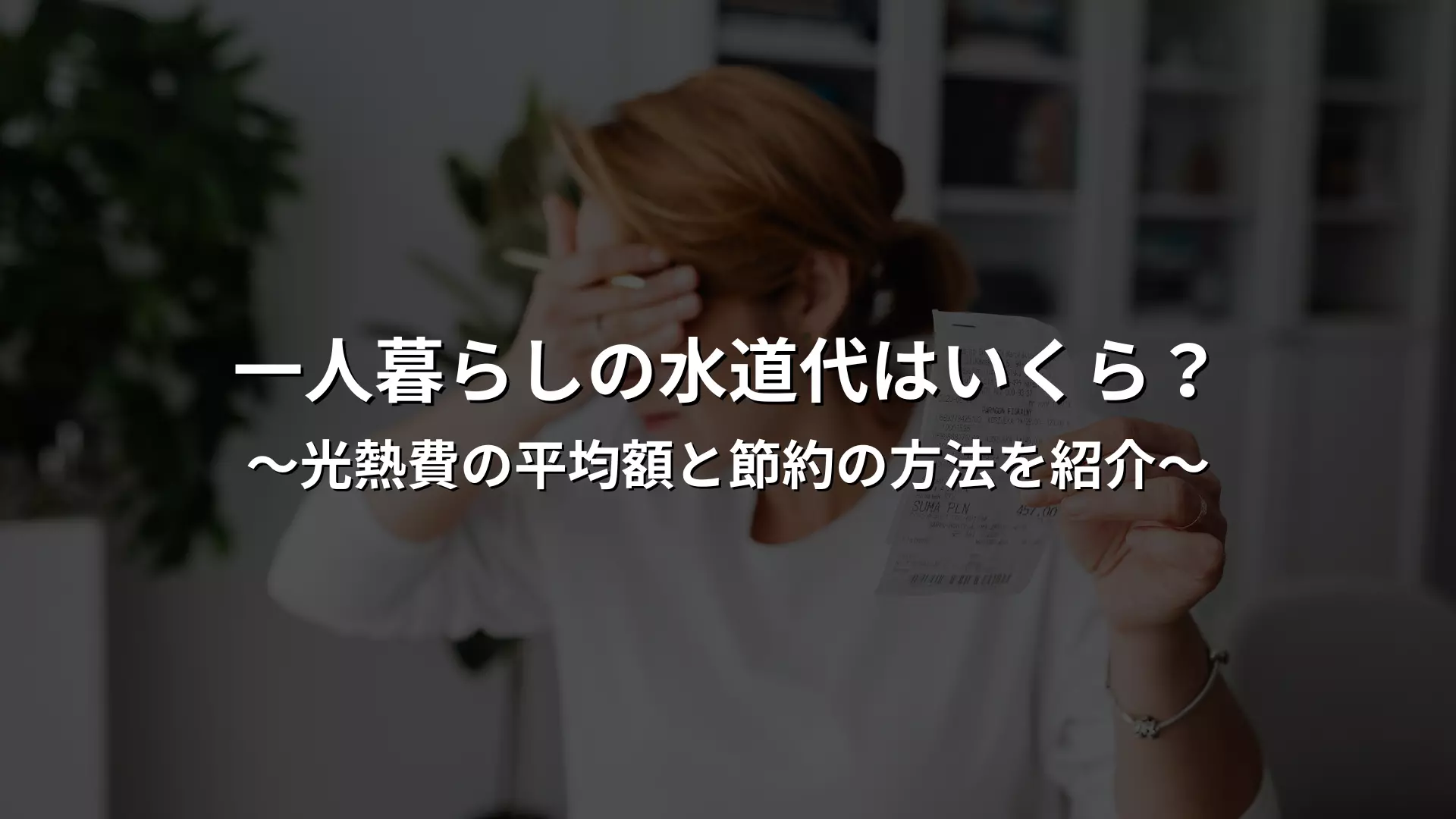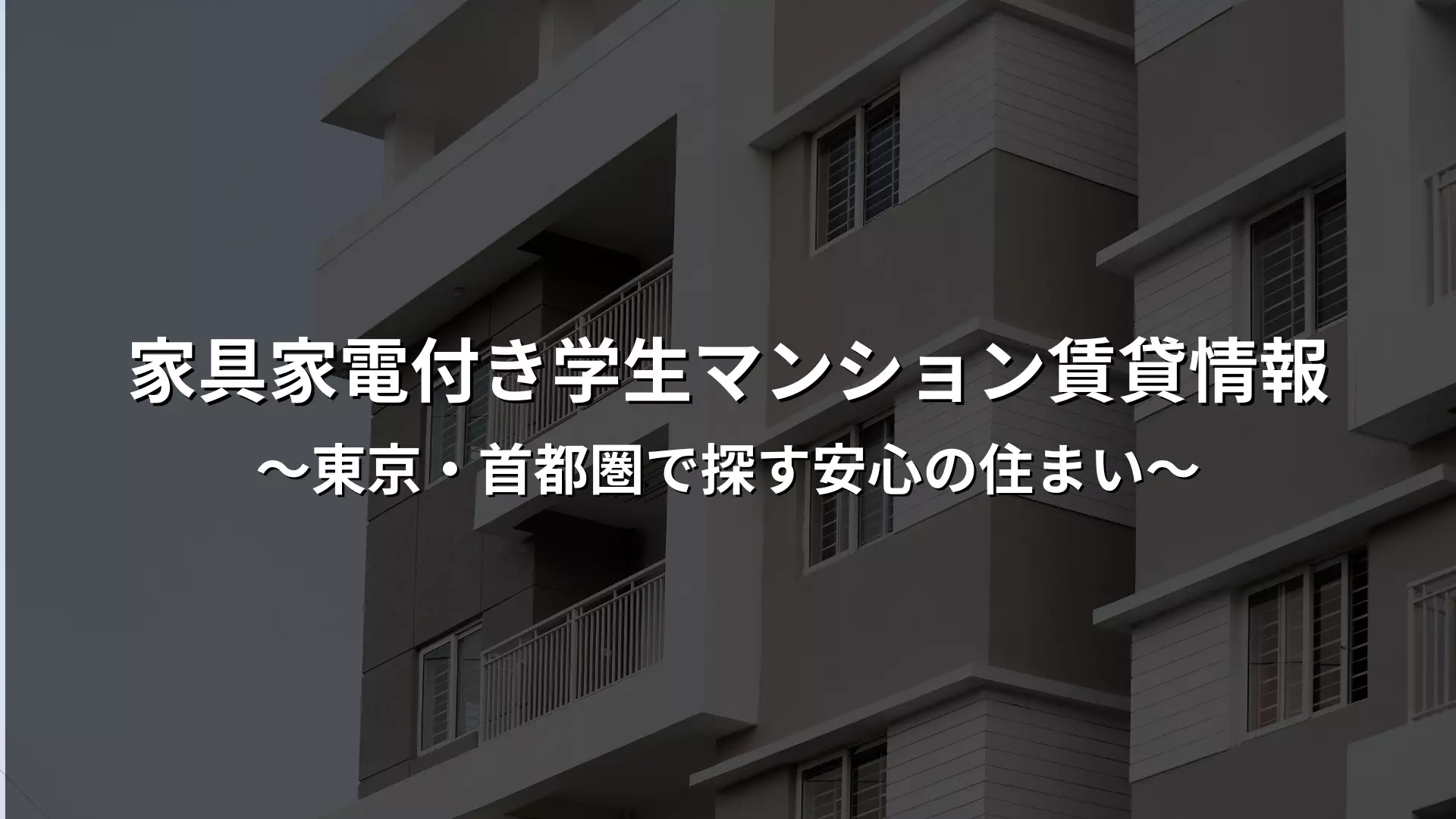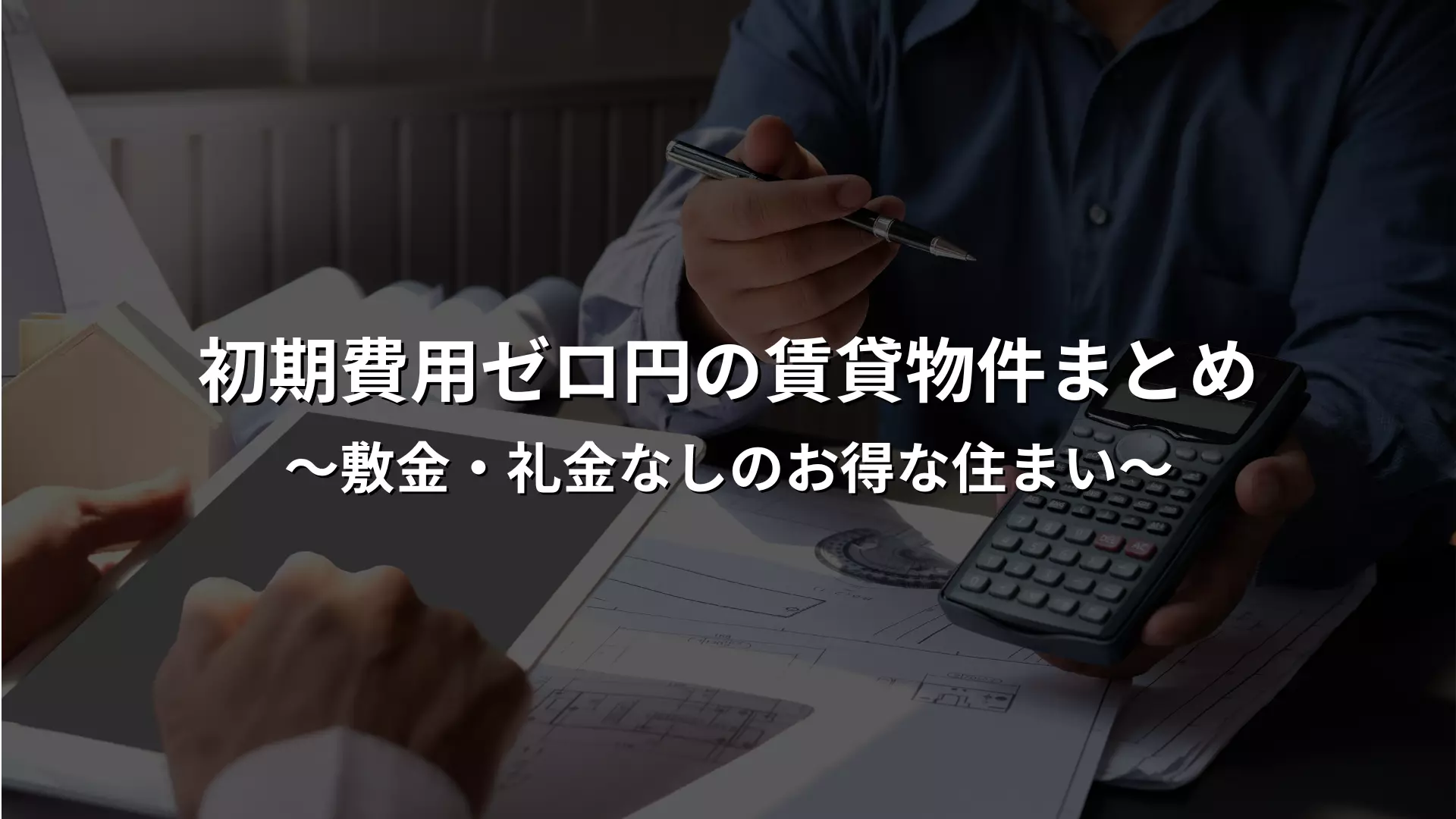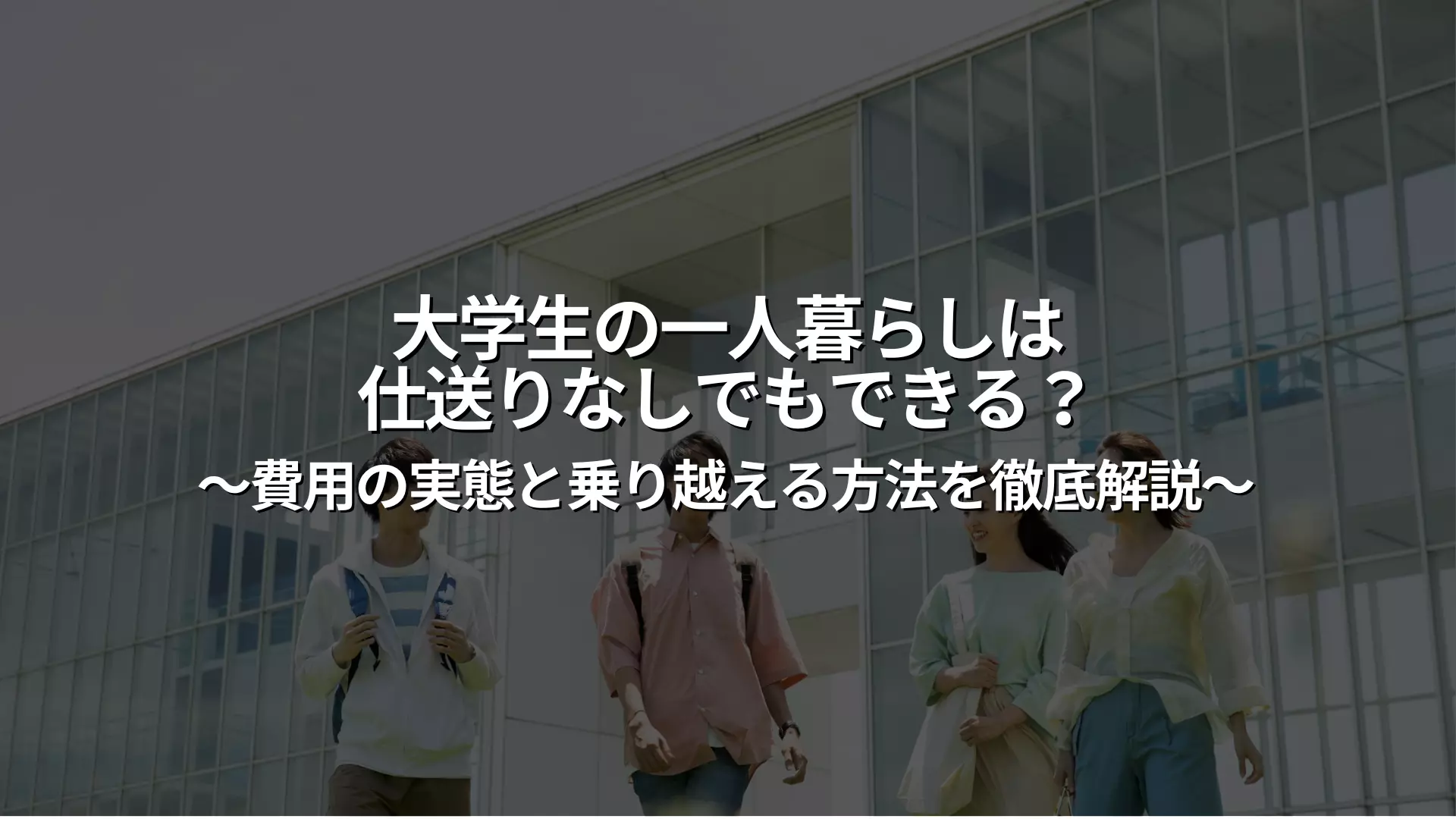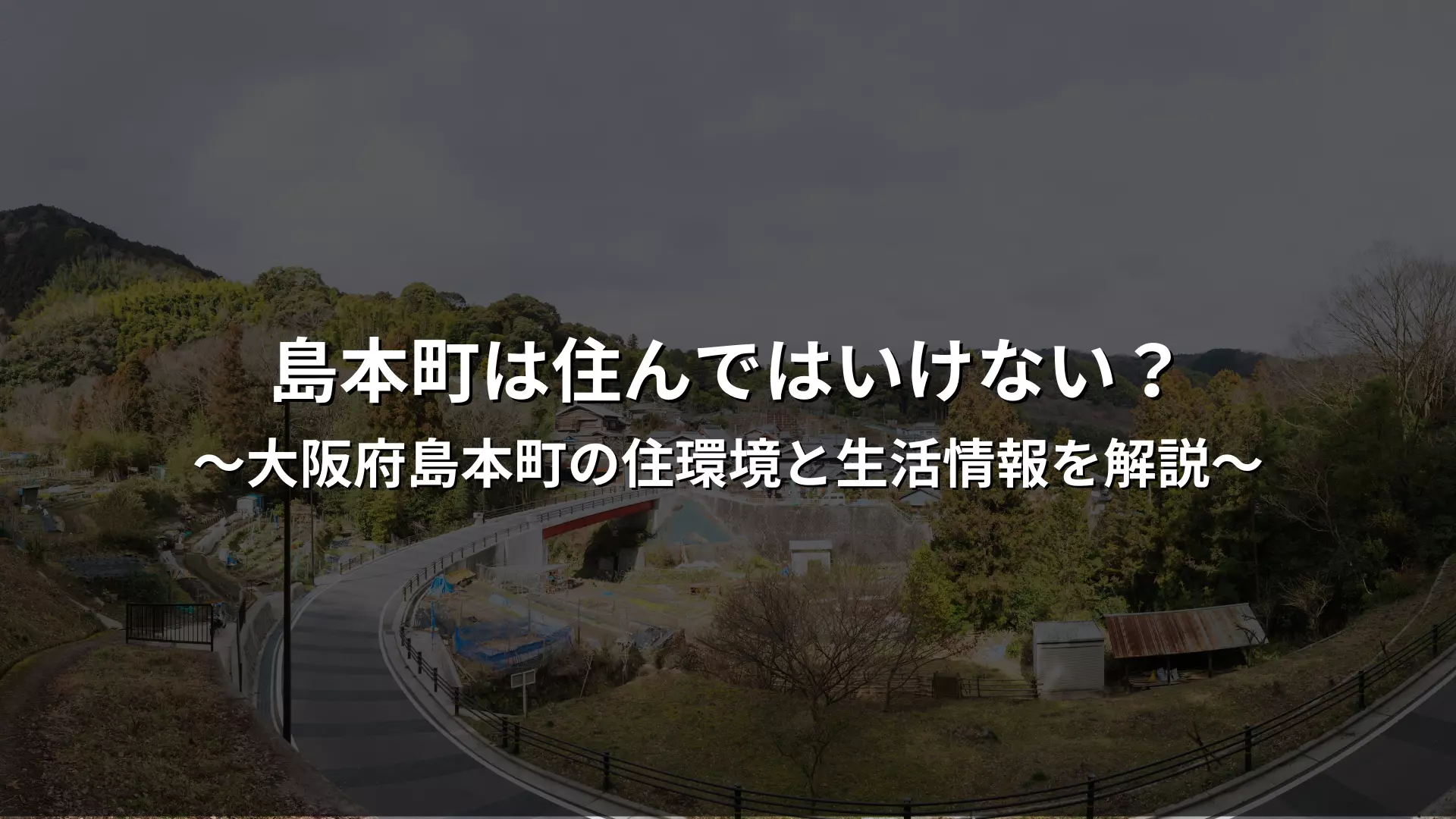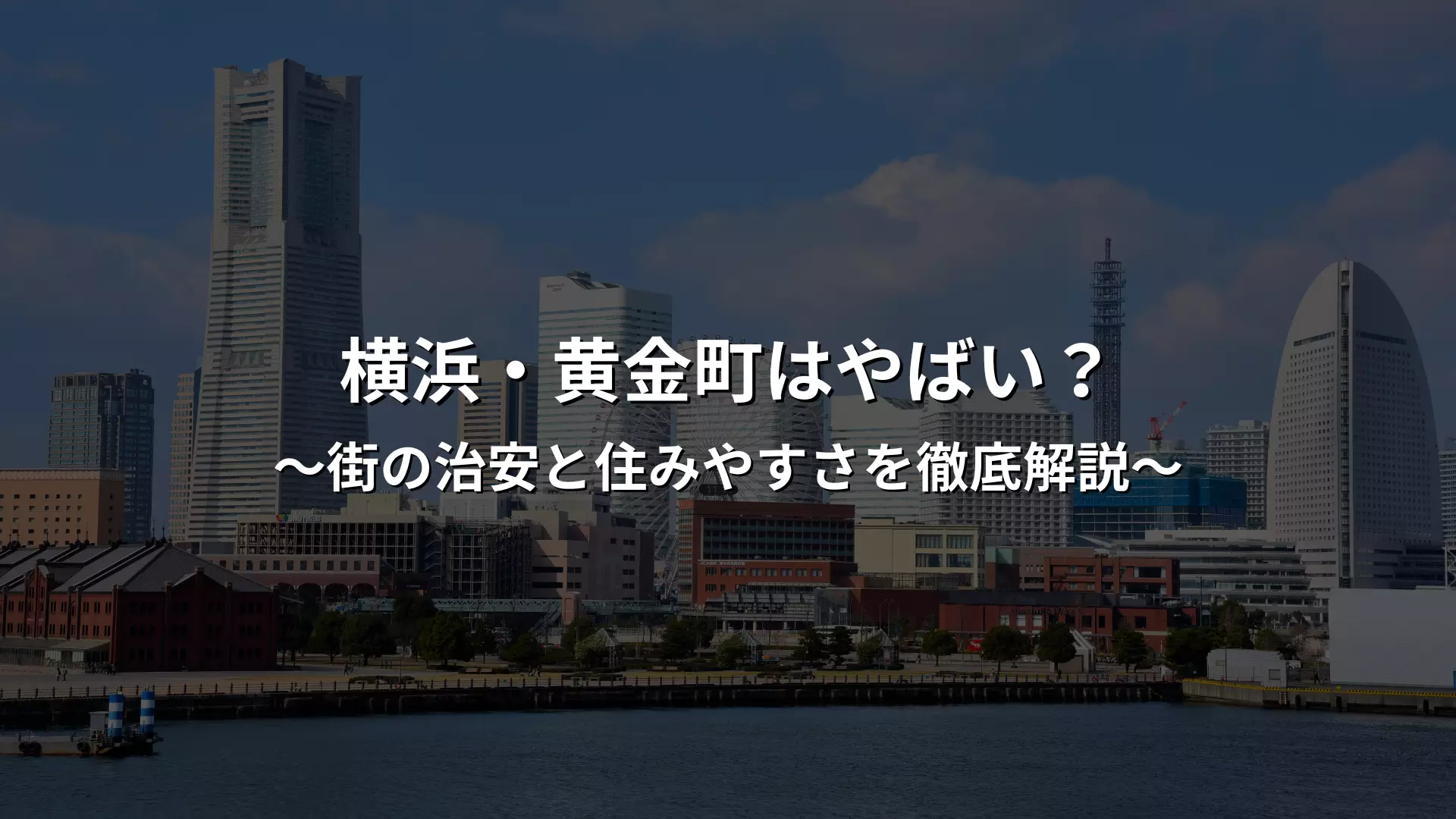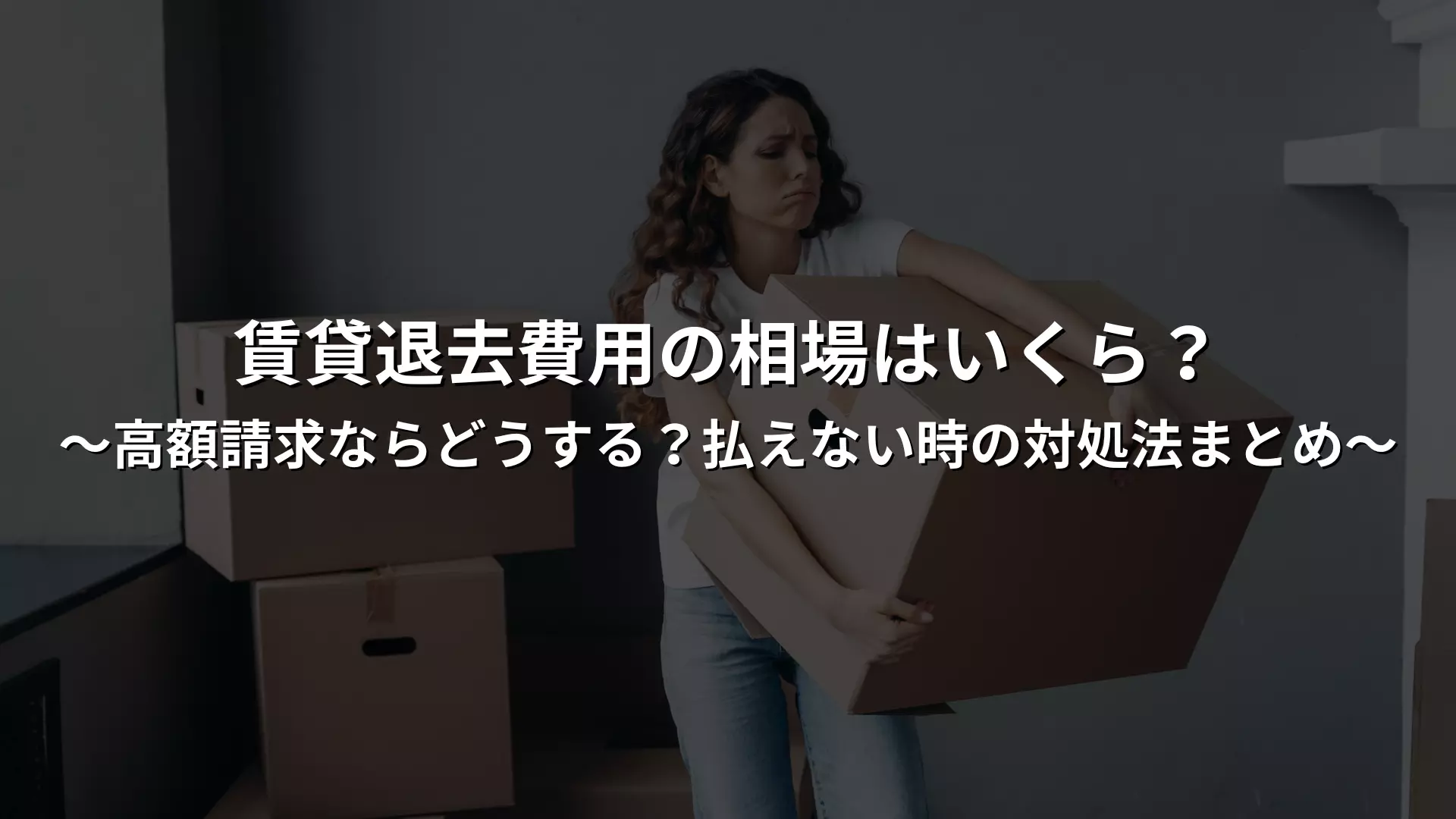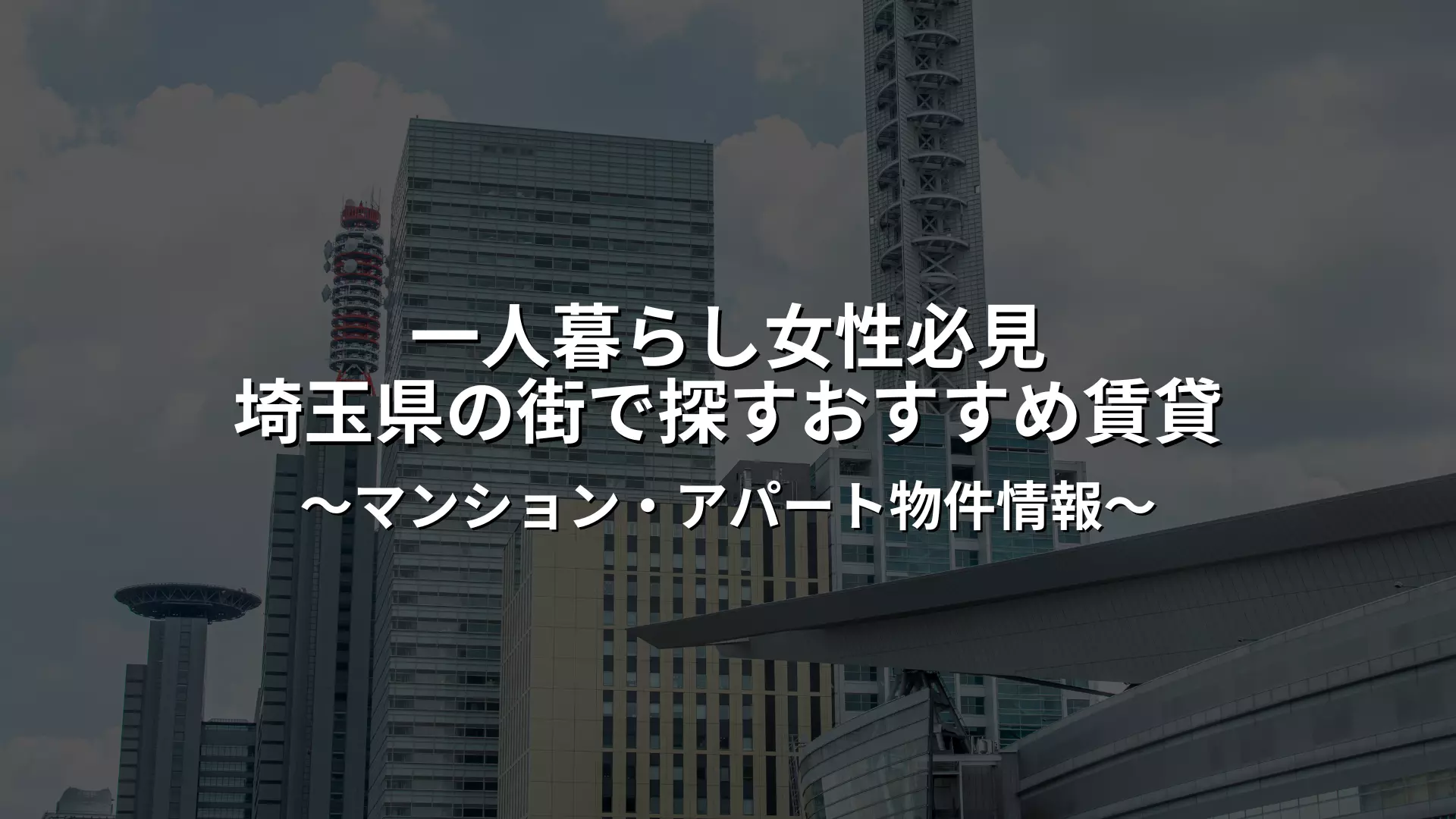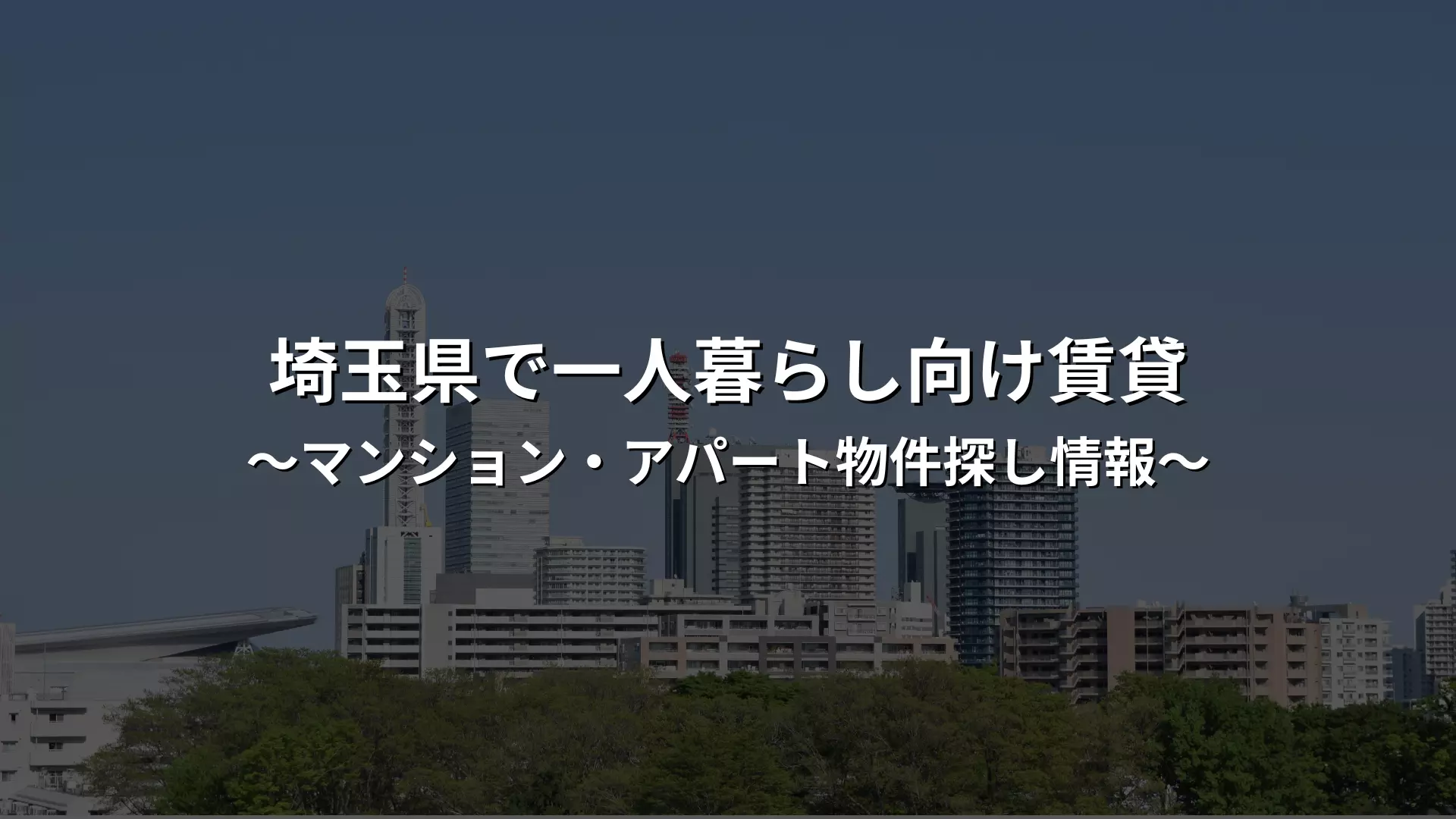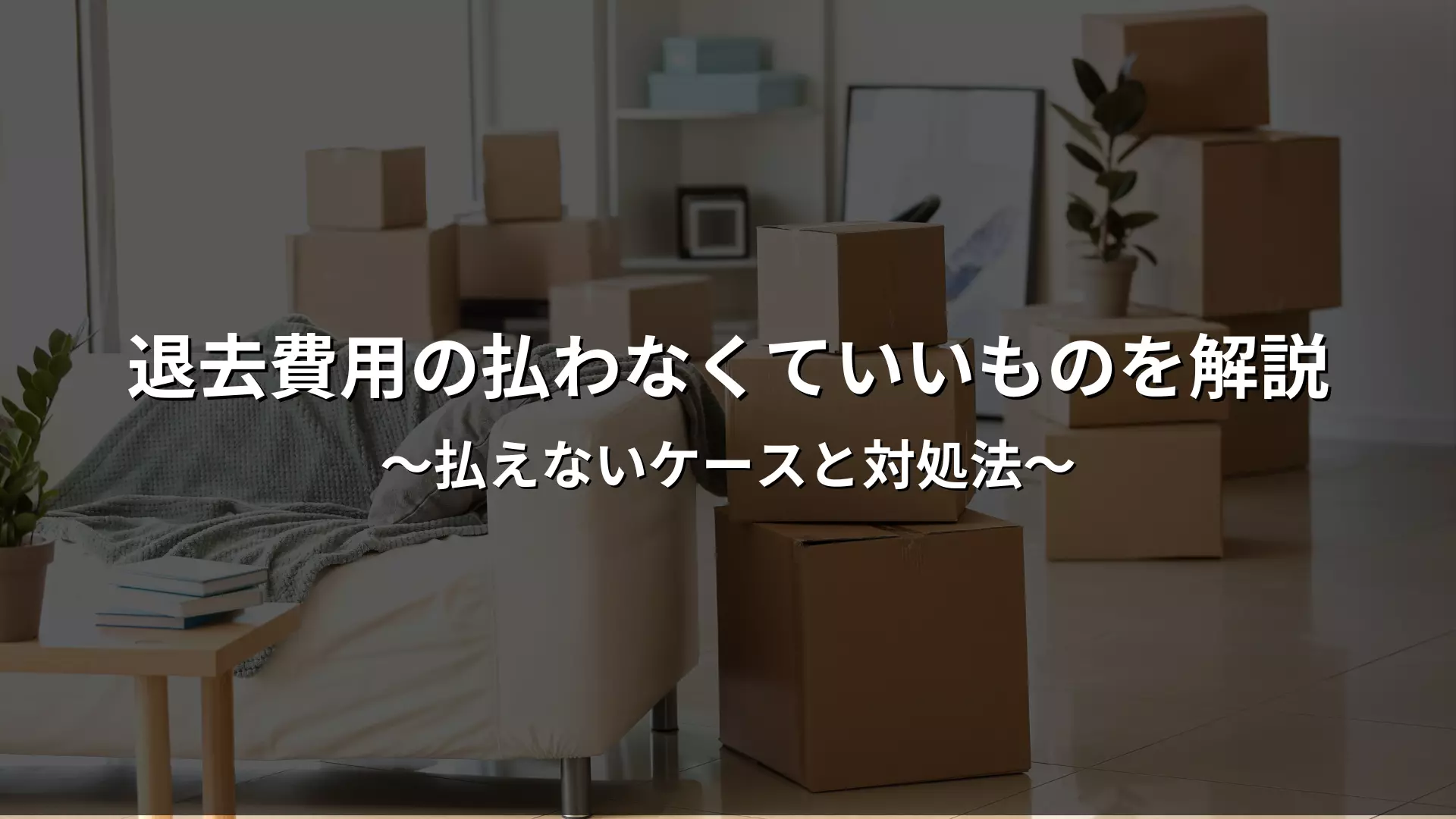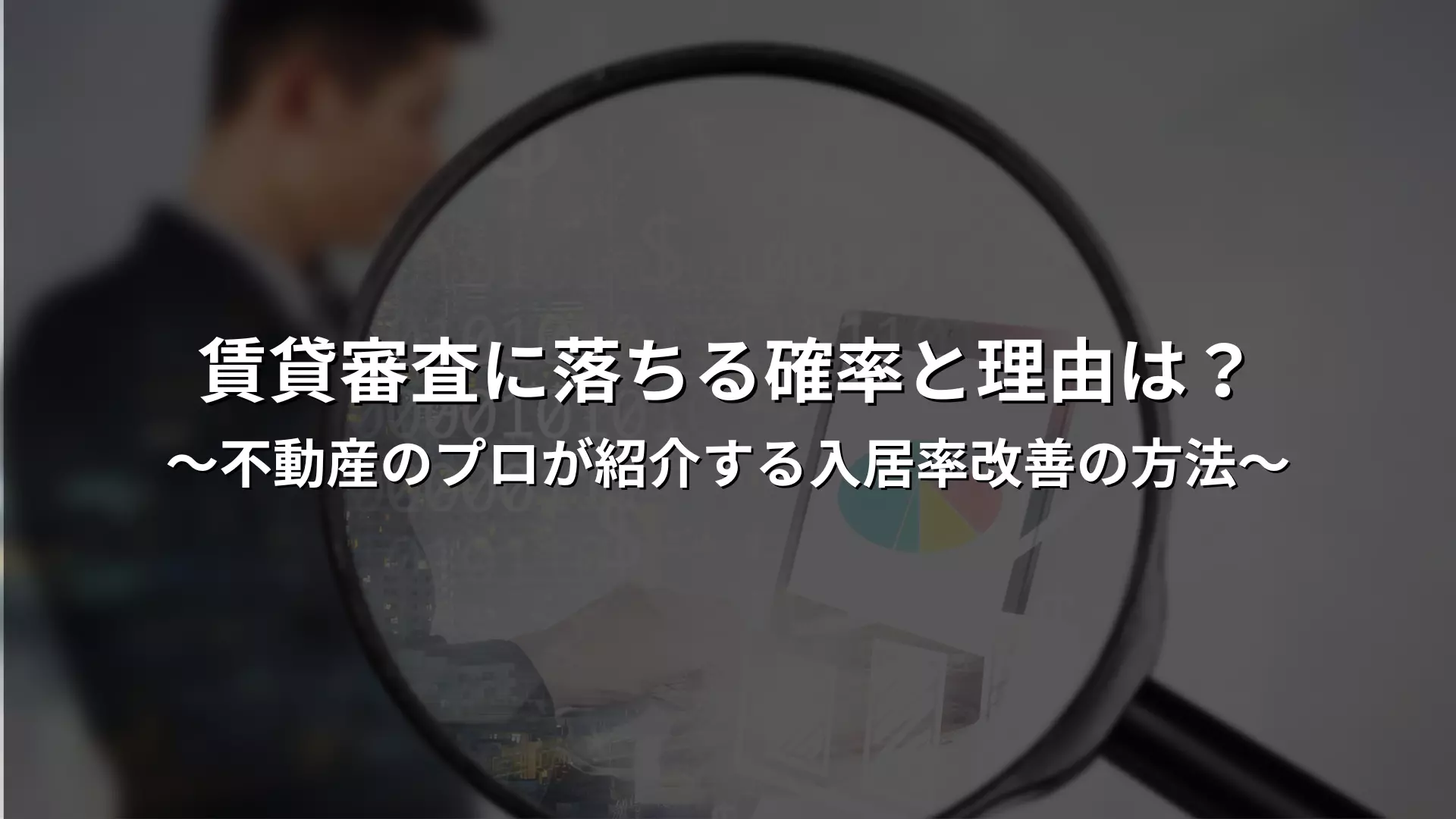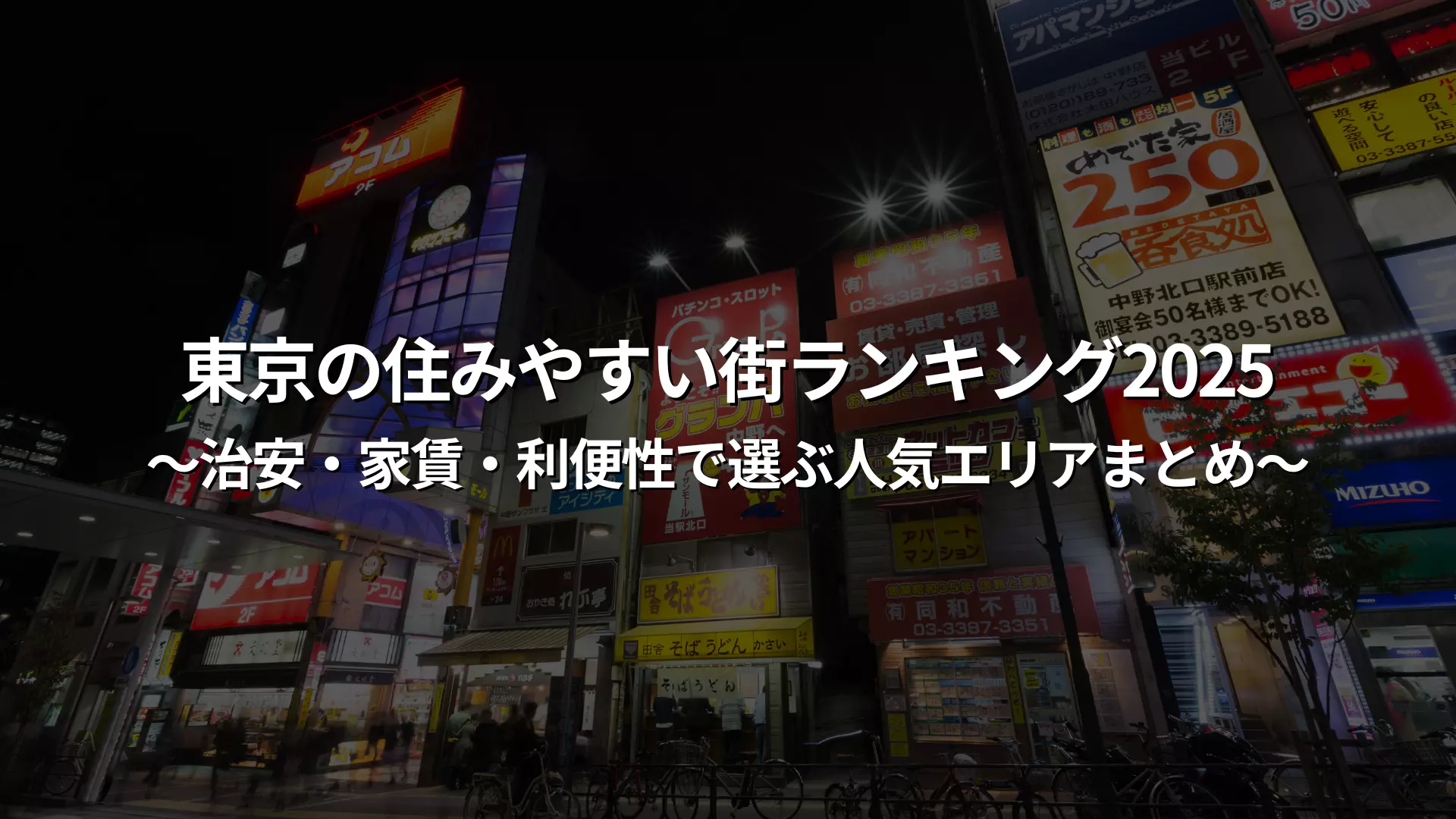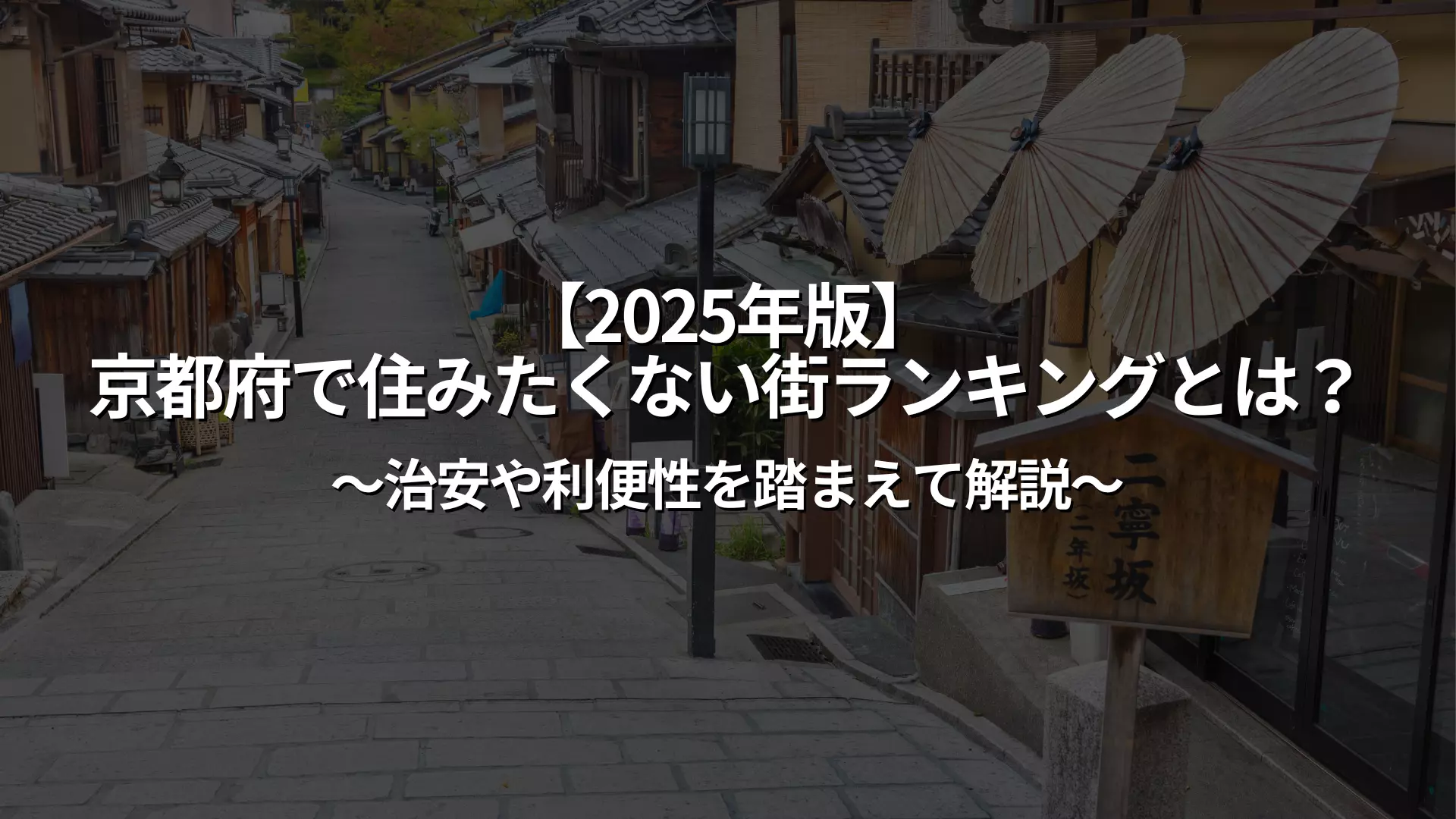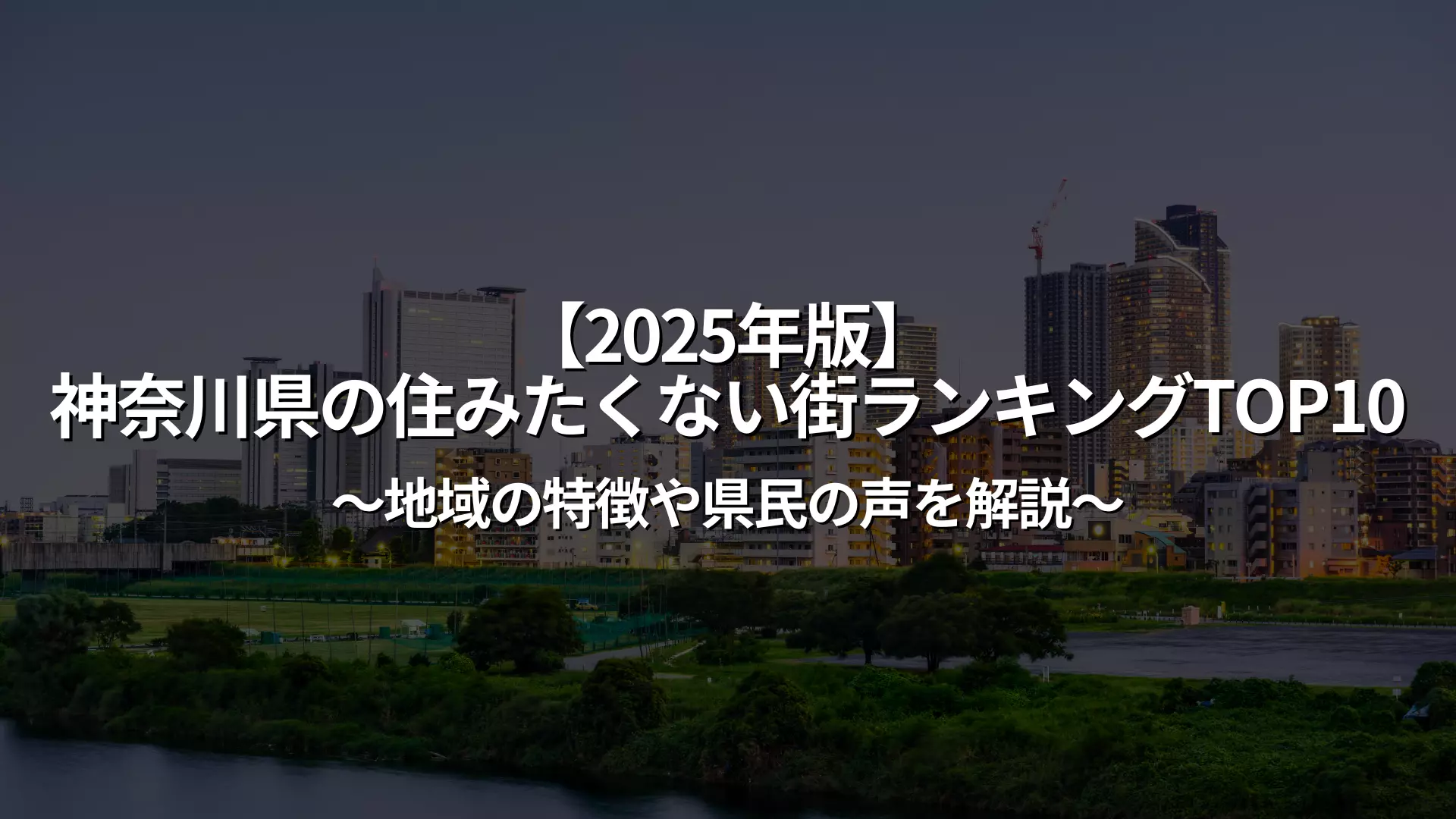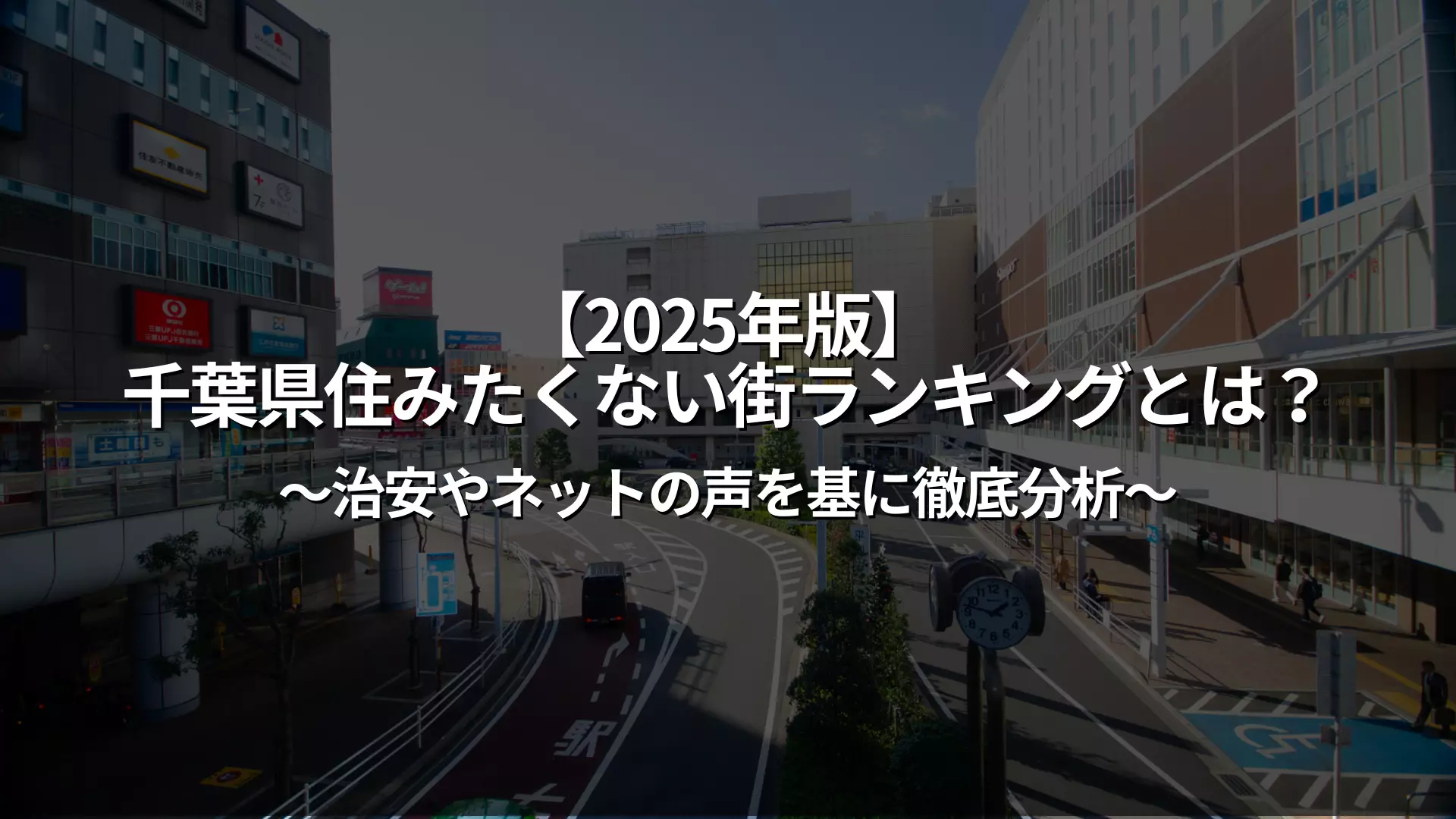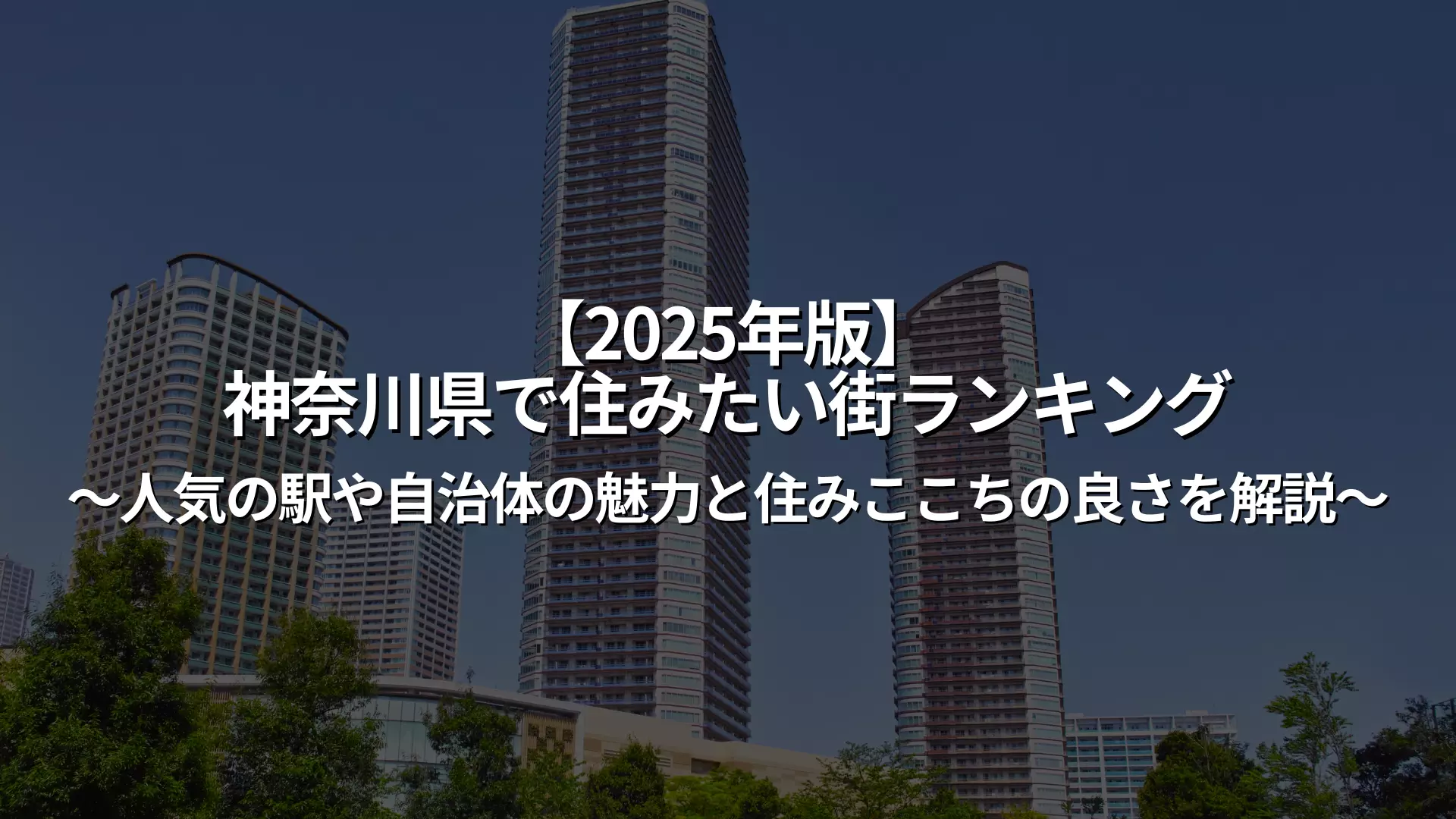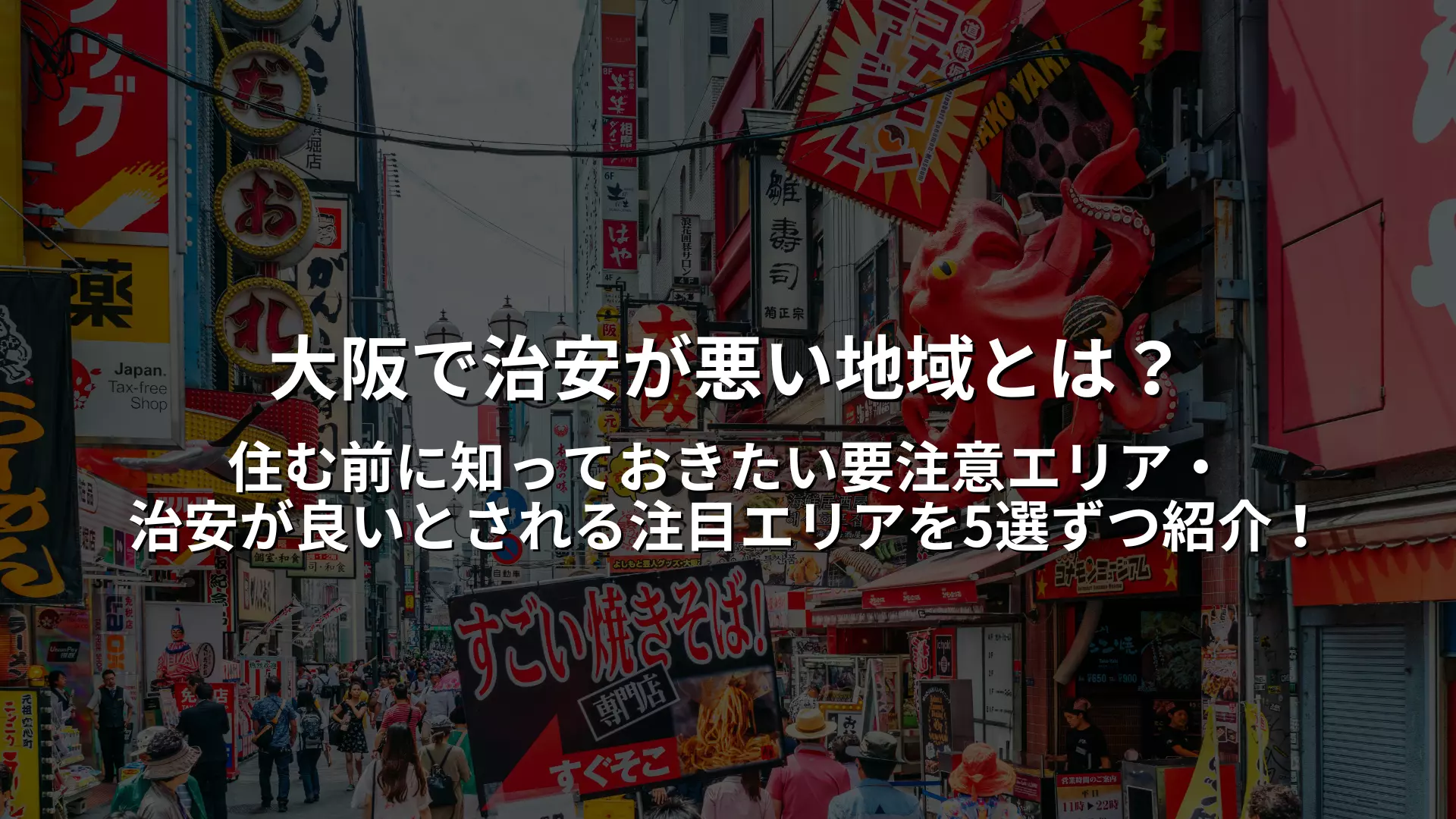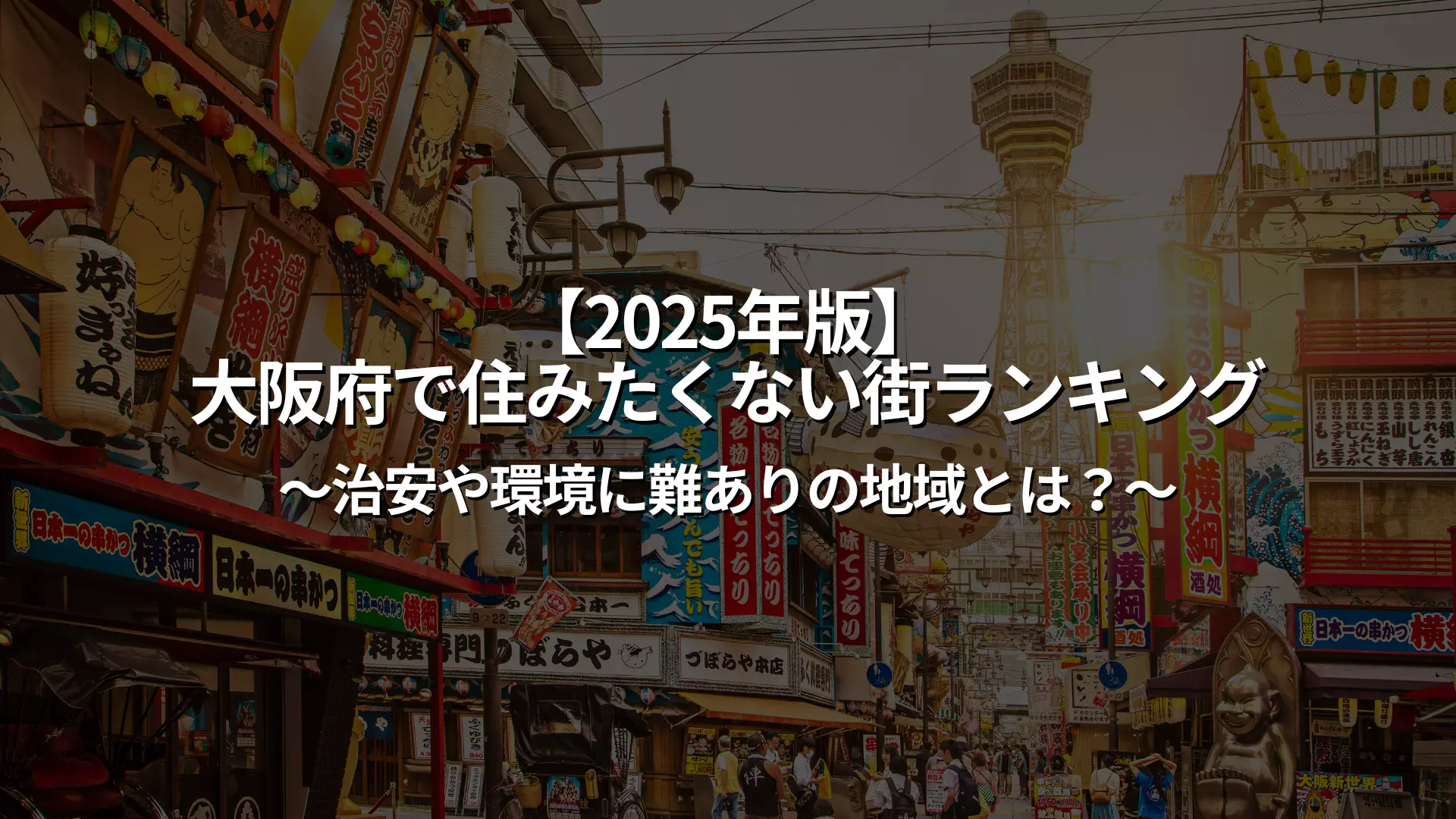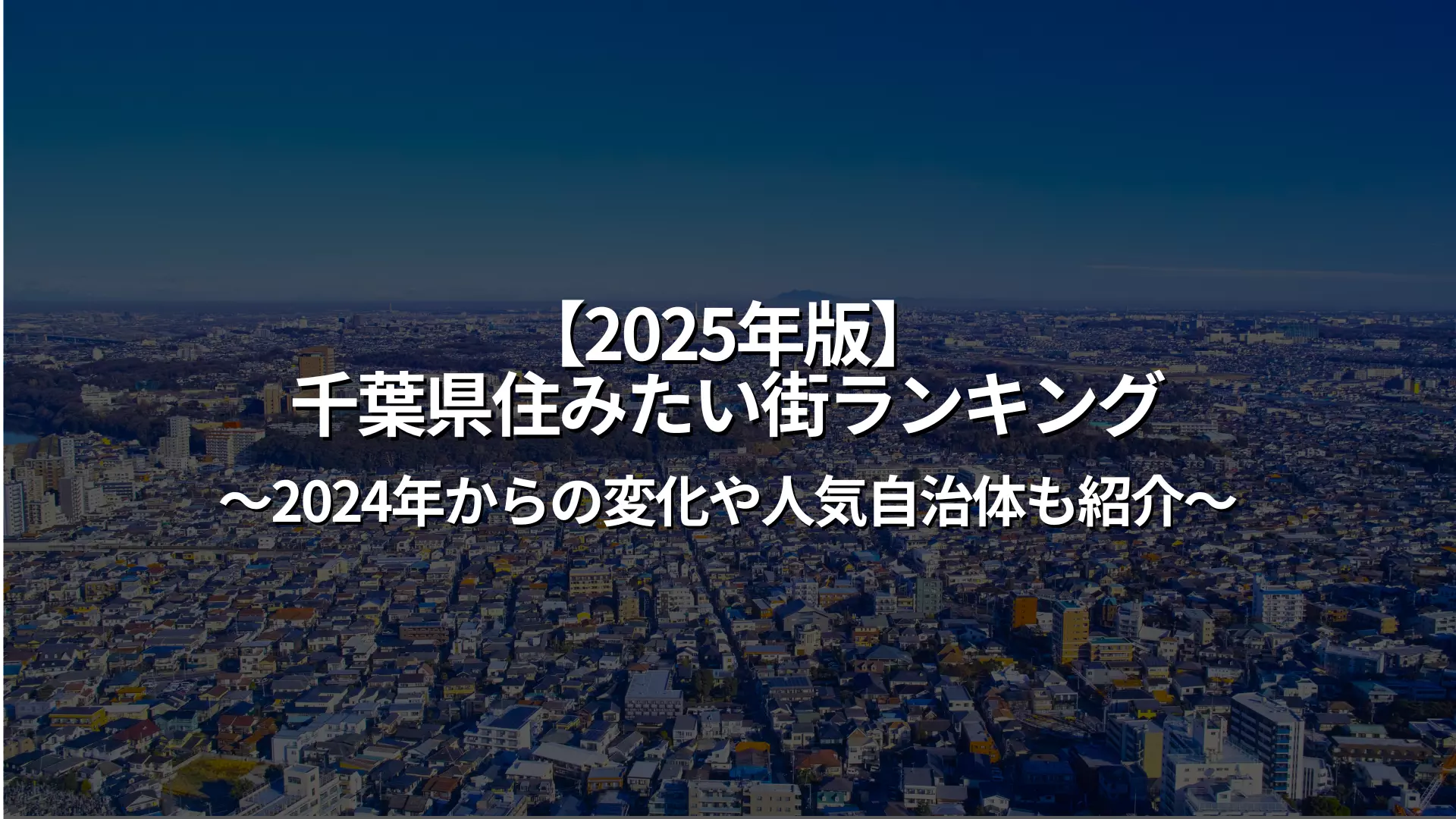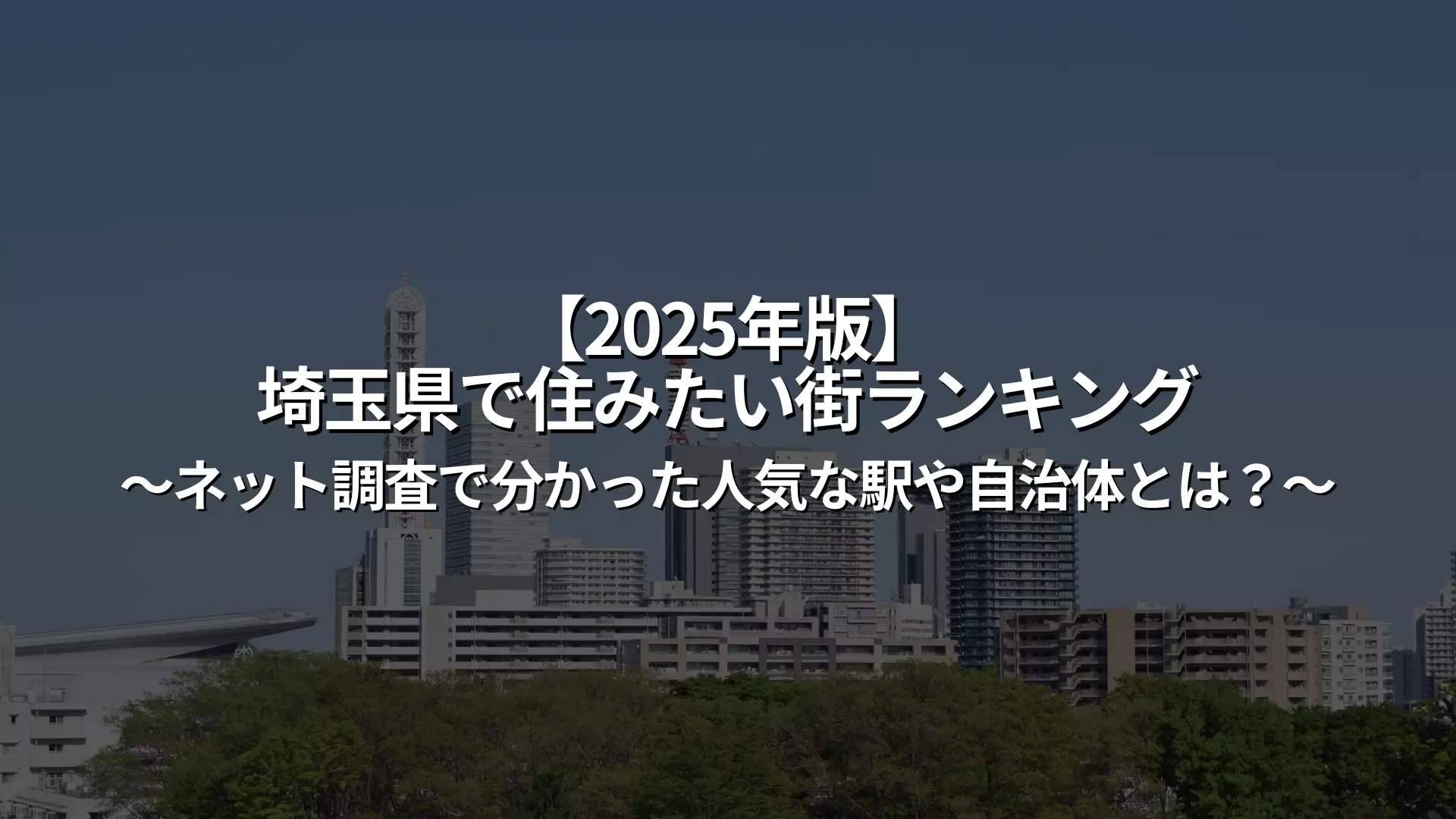What is the average rent for a single person?
When you start living alone, the thing you're most concerned about is the average rent. The national average rent is generally between 50,000 and 70,000 yen per month, but in urban areas it's not uncommon for it to be over 80,000 yen. Especially in major cities like Tokyo, Osaka, and Nagoya, even studio and 1K apartments tend to have high rents.
Rent varies greatly depending on the area, age of the building, distance from the station, and the level of facilities. Understanding the rent setting that suits your income and lifestyle will determine your satisfaction and continuity in living alone.
Here, we will explain in detail the key points for setting rent wisely, such as a guideline for monthly rent and the percentage it should represent your take-home pay.
Average market price and guidelines | How much is a reasonable monthly amount?
The average rent for a single person varies greatly depending on the area. In regional cities, it is often in the 50,000-60,000 yen range, while in Tokyo's 23 wards, it is 80,000-100,000 yen. The basic guide to a reasonable rent is to consider the balance with living expenses. After estimating your monthly expenses, including utility bills, communication fees, food, etc., set a reasonable amount.
It is also important to consider the initial costs (deposit, key money, agency fees). When choosing a property, you may be able to find a room with good cost performance even if it is a little old, as long as it is in a good location and has good facilities.
Is the "one-third of your take-home pay" theory true?
It is often said that the ideal rent for a single person should be up to one-third of their monthly take-home pay. This theory has some validity, but it doesn't apply to everyone.
For example, if your take-home pay is 180,000 yen, your rent should be within 60,000 yen, but a cheaper rent will give you more leeway and give you more money to save and spend on hobbies. On the other hand, if you prioritize access to your workplace or university, it may be worthwhile to prioritize convenience even if the rent is a little higher.
The important thing is to understand your own balance between income and expenses before deciding on rent. Don't be too tied down to the one-third guideline, and be flexible in your consideration.
Rent estimates for students and working adults
The acceptable rent range is different for students and working adults. For students, the income is limited to remittances from home and part-time work, so the average rent is around 40,000 to 60,000 yen per month. They tend to prioritize low rent and safety over location.
On the other hand, working adults generally earn around 200,000 to 250,000 yen a month, so they often pay around 60,000 to 80,000 yen a month in rent. More and more people are choosing properties based on the distance from their workplace, the ease of commuting, and the surrounding environment.
Also, some companies offer rent subsidies as part of their employee benefits, so it is important to choose a property that meets your requirements. Be mindful of setting rent according to your life stage.
Average rent in Tokyo's 23 wards and ranking of the cheapest wards
When starting to live alone in the 23 wards of Tokyo, it is very important to know the difference in average rent prices. In central Tokyo areas, it is not uncommon for prices to exceed 100,000 yen, but in suburban wards, you can find properties in the 70,000 yen range. The average rent price varies greatly depending on the distance from the station, the age of the building, and the surrounding environment, so the key is to balance your budget with your desired conditions.
In this chapter, we will introduce the areas with the lowest rents in Tokyo's 23 wards in a ranking format, and also provide detailed information on wards with good value for money and hidden gems with high convenience for daily life. Please use this as a reference when searching for a property.
[1st place] Katsushika Ward: Around 74,000 yen
Katsushika Ward is one of the areas with the cheapest rent among the 23 wards of Tokyo. The average market price for a one-room to one-kitchen apartment is about 74,000 yen, which is quite reasonable even within the 23 wards. You can access the city center by using the Keisei Main Line or JR Joban Line, so you can ensure convenience while keeping costs down. There are also many areas with atmospheric streetscapes such as Shibamata and Kameari, making it a recommended area for those who want to live a calm life.
The area has a good balance between public safety and living conditions, making it a good place for students and young workers to live alone. Another attraction of Katsushika Ward is that it has a large number of properties, making it easy to find a room that meets your desired conditions.
[2nd place] Edogawa Ward and Adachi Ward: A hidden gem in the 70,000 yen range
For those who want to keep their rent low, Edogawa and Adachi are also noteworthy areas. The average rent for a studio apartment in both wards is reasonable at around 70,000 yen, making them good value options for those commuting to work or school in central Tokyo.
Edogawa Ward has a rich natural environment and many towns that are popular with families, so it is recommended for those who want a calm lifestyle. Adachi Ward has many redeveloped areas, and there are plenty of restaurants and commercial facilities around stations such as Kita-Senju. Both wards have a wide selection of properties, and the appeal is that it is easy to find properties with reasonable rent even near the station.
[Mid-price range] Nerima Ward, Itabashi Ward, etc.
Nerima and Itabashi are mid-range areas among Tokyo's 23 wards, with average rents of around 75,000 to 85,000 yen. Although rents are cheaper than in the city center, they are popular because of their convenient transportation and good living environment.
Nerima ward in particular is easily accessible via the Seibu Ikebukuro Line and the Toei Oedo Line, has many quiet residential areas, and is in good public safety. Itabashi ward is also accessible via multiple lines, including the JR Saikyo Line and the Toei Mita Line, making it a good choice for students and young working people living alone. It is an area that offers a good balance between the distance to the city center within 30 minutes and the rent.
[High price range] Rent in Minato Ward, Chiyoda Ward, and Shibuya Ward
The central areas of Tokyo, such as Minato Ward, Chiyoda Ward, and Shibuya Ward, have particularly high rents among the 23 wards of Tokyo. Even a one-room apartment averages over 100,000 yen, and in some places it is not uncommon to see properties exceeding 150,000 yen.
Minato Ward has high-end residential areas such as Roppongi and Azabu, and has an international atmosphere with many foreign companies and embassies. Chiyoda Ward is a prestigious area in the city center with many government offices such as the Imperial Palace and Nagatacho. Shibuya Ward is a lively city with youth culture and cutting-edge urban development, but rent is relatively high because of its excellent access and convenience.
The characteristic of these areas is that convenience comes at a cost.
Search for a room
Only furnished properties with appliances are listed!
Rent average and popular areas outside the 23 wards (city area)
Urban areas outside Tokyo's 23 wards are popular with people who want to keep rent low while still maintaining the convenience of living. The average rent is cheaper than within the 23 wards, with a typical one-room apartment costing around 50,000 to 70,000 yen. There are many properties with natural surroundings and large spaces within commuting distance, making the cost-performance ratio outstanding. Areas along the Chuo and Keio lines in particular have good transport links and are popular with a wide range of people, from students to working adults.
Here, we will take a detailed look at popular city areas, from suburban cities such as Hachioji and Machida to semi-central areas such as Tachikawa and Mitaka, along with their average rent prices and livability.
Rent guide and attractions for Hachioji, Machida, etc.
Hachioji and Machida have low rent even within the Tama area, and are popular areas for students and those new to living alone.
In Hachioji, you can find one-room apartments for around 45,000 to 55,000 yen, and you can easily access the city center by using the Chuo Line or Keio Line. It also has a strong student aspect, and there are plenty of restaurants and supermarkets.
Machida is served by two lines, the Odakyu Line and the JR Yokohama Line, and offers easy access to both Tokyo and Kanagawa. Prices are around 55,000 to 65,000 yen, and you can enjoy both the convenience of urban functions with a concentration of commercial facilities and a relaxed living environment.
Recommended for those who want to start living alone and are concerned about cost-effectiveness.
Prices in Tachikawa, Mitaka, and Fuchu, convenient for commuting
Tachikawa, Mitaka, and Fuchu along the Chuo Line are areas with particularly good commuting convenience even outside the 23 wards.
Tachikawa is well-equipped with a wide range of living infrastructure, with access to the JR Chuo Line, Nambu Line, and Tama Monorail, and a concentration of commercial facilities and government offices. The average rent for a one-room apartment is a little on the high side, at around 65,000 to 75,000 yen, but it is quite reasonable considering the good access and convenience.
Mitaka is also a stop on the Chuo Limited Express, making commuting to Shinjuku and Tokyo a comfortable experience. The average price is around 70,000 yen. Fuchu is about 25 minutes to Shinjuku on the Keio Line Limited Express, and rent is kept at the 60,000 yen level, making it a good choice for those looking for a good balance between cost-effectiveness and commuting.
What are some areas that are easy to live in with rent in the 50,000 to 60,000 yen range?
In the Tokyo metropolitan area, there are many areas where rent is in the 50,000 to 60,000 yen range and it is easy to live there.
For example, Kokubunji, Koganei, and Kobyodo have relatively low rents and good transport access. Kokubunji Station is on the Chuo Line and Seibu Line, making commuting to the city center a smooth experience. The average rent for a one-room apartment is about 55,000 to 65,000 yen. Koganei is popular with women living alone, as it has a lot of nature and good public safety.
Furthermore, areas along the Seibu Line such as Higashimurayama and Kumegawa have many properties in the 50,000 yen range, making them a great choice for those who want to keep their living costs down. Depending on the area, you can find affordable properties close to the station and with great facilities.
Average rent by floor plan | Differences between studio, 1K, and 1LDK
When choosing a property to live alone, the layout is a factor that greatly affects the rent and comfort of the property. Different layouts affect the size and ease of use, and the average rent fluctuates accordingly.
Generally speaking, one-room apartments are suitable for people who want to keep rent low, 1K apartments are for people who want to separate their kitchen from their living room, and 1LDK or larger apartments are chosen by people who value storage space and comfort. Average rents vary depending on the area, but in Tokyo it is not uncommon for a one-room apartment to cost 60,000 to 80,000 yen, a 1K apartment to cost 80,000 to 100,000 yen, and a 1LDK or larger apartment to exceed 100,000 yen.
Choose the layout that best suits your lifestyle and budget.
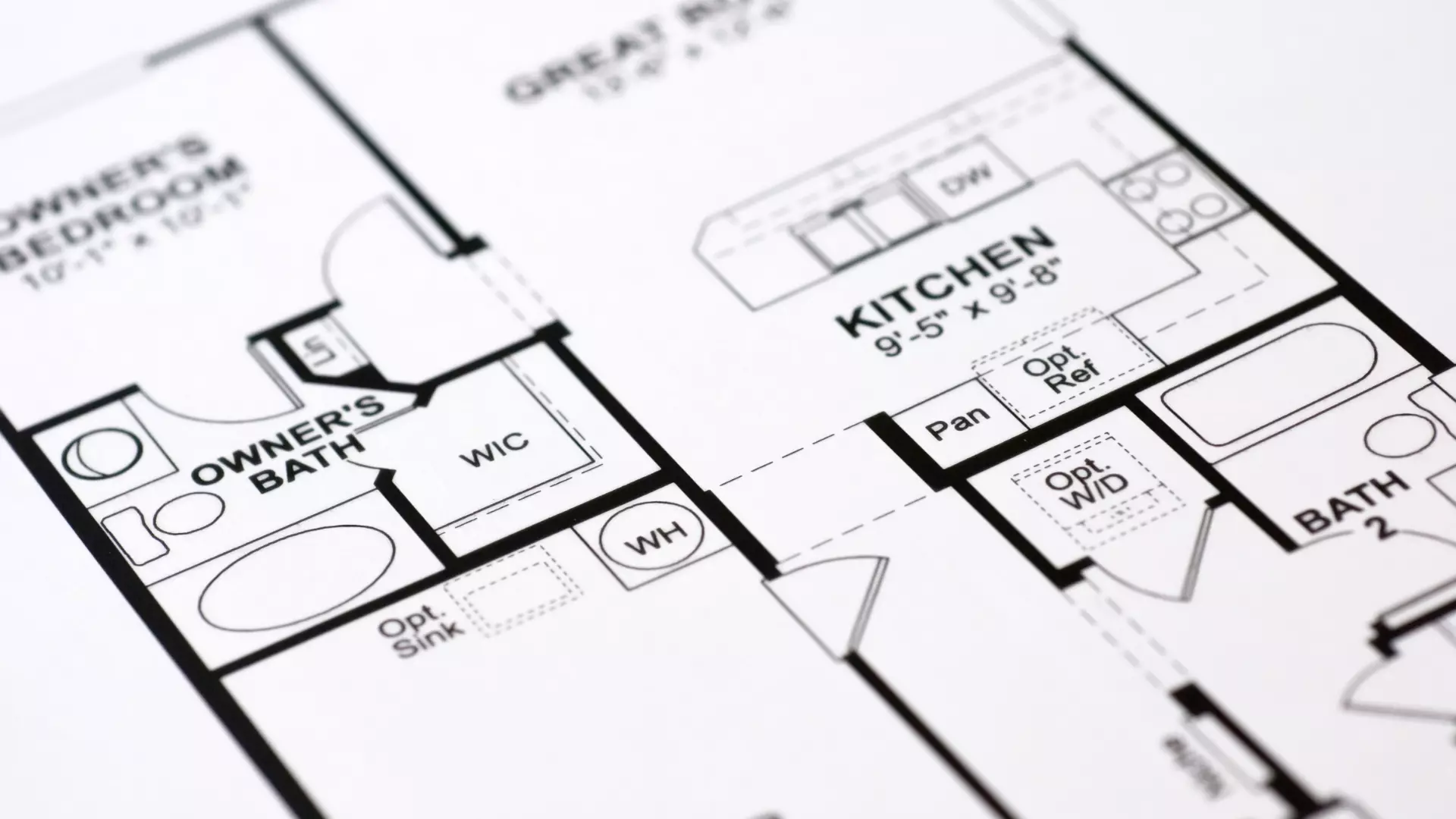
One-room apartment: Approximate price: 60,000 to 80,000 yen
Studio apartments have a simple layout with a combined kitchen and living room, and are popular with first-time solo residents and students. The average rent is around 60,000 to 80,000 yen within Tokyo's 23 wards. Outside the 23 wards and in regional cities, there are properties available for around 50,000 yen, making them a very attractive option for those who want to keep their rent low. Storage space tends to be a little limited, but depending on the layout, it can be quite comfortable.
In particular, properties within walking distance of stations close to the city center can be rented relatively cheaply, making it a good choice for those who value the balance between convenience and cost. There are also many properties that are compact but fully equipped, making it a good choice for those who value value for money.
1K: Properties available for around 80,000 to 100,000 yen
A 1K apartment is a room and kitchen that are separated by a door or other means, making it easy to live comfortably as you can avoid the smells and noise of the cooking space. The average rent in Tokyo's 23 wards is a little high at around 80,000 to 100,000 yen, but it is a popular type of apartment for people who value quality of life. It is especially suitable for people who often cook at home or who want to separate their living space from the kitchen when they have guests.
In addition, the spacious layout makes it easier to arrange furniture and increases livability. Although the rent is a little higher, this is an ideal layout for single people who want comfort and privacy.
Who is a 1LDK or larger apartment recommended for?
Properties with 1LDK or more have clearly separated living rooms and bedrooms, and are recommended for people who want to relax even while living alone or for people who often work from home. The average rent is generally over 100,000 yen in the 23 wards of Tokyo, and can exceed 150,000 yen in some areas. With many rooms, there is a lot of storage space and you can use the space according to your lifestyle.
It is especially suitable for couples living together, working people with a lot of luggage, and remote workers who want to separate their time alone from their work space. Although the cost is high, it is well worth considering if you value high livability and comfort.
Search for a room
Only furnished properties with appliances are listed!
What are the costs of living alone besides rent?
When living alone, rent is the main monthly expense, but there are many other expenses that arise. The initial costs you will incur before moving include the security deposit, key money, agency fee, and advance rent, and you should prepare about 4 to 6 months' rent.
Even after moving, you will continue to have monthly fixed expenses such as living expenses, utility bills, communication fees, insurance, and daily necessities. If you sign a contract for an apartment without making a budget, you may find it difficult to make ends meet. By estimating not only the rent but also the "total expenses" you will be able to live alone without straining yourself.
Here we will explain each cost.
Initial costs (deposit, key money, agency fees, etc.)
The initial costs incurred when renting a room are the first hurdle when starting to live alone.
Generally, the deposit and key money are each one month's rent, and the agency fee is also about one month's rent. Furthermore, if you include the advance rent, fire insurance, key replacement fee, etc., it is not uncommon for the total to be four to six months' rent.
For example, if the rent is 80,000 yen, the initial cost will be about 320,000 to 480,000 yen. If you want to keep costs down, it is a good idea to use a "zero-zero property" that does not require a deposit or key money, or a real estate agency that does not charge a brokerage fee. Don't forget to carefully check the contract details.
Monthly living expenses and utility costs
Other monthly expenses besides rent include utilities, food, communication fees, and daily necessities.
- Utility bills for electricity, gas, and water will vary depending on the season, but are generally around 10,000 yen per month.
- Food expenses can range from 20,000 to 30,000 yen if you cook mostly at home, but can also be as much as 40,000 yen or more if you eat out a lot.
- The average cost for smartphone and internet communication is 5,000 to 8,000 yen.
If you include other daily necessities such as detergent and toilet paper, transportation costs, and entertainment expenses, you can safely assume that your monthly living expenses excluding rent will be around 60,000 to 80,000 yen. By recording your expenses and reviewing your fixed expenses, you will be able to see where you can save money.
Money saving tips and tricks to reduce rent
In order to continue living alone without difficulty, it is also important to find ways to keep rent down.
For example, properties a little far from the station or older buildings are often cheaper than the market price, and may be larger and have more facilities for the same rent. If you choose a property with furniture and appliances, you can significantly reduce moving expenses and initial investment. Also, properties with free rent (free rent period) and properties without deposit or key money are good targets.
By honestly telling the real estate agency your desired conditions, you may be more likely to receive offers for cheaper properties. Choosing a property with a frugal mindset can make a big difference in the long run.
Search for recommended properties by area based on average rent
In order to avoid making a mistake when choosing a property to live alone, it is important to have a firm grasp of the average rent and the characteristics of the area. If you choose a place simply because it is "cheap," you may regret it after you start living there due to the inconvenience of commuting to work or school, concerns about public safety, and a lack of infrastructure. The key to success is to look for a property by comparing the average rent, estimated living expenses, and accessibility of each area, while also looking at the total cost.
Here, we will introduce recommended areas and property types based on rent, while also taking into account ease of living and the quality of facilities.
Check the balance between rent and living costs by area
When searching for a property, it is important to consider not only the rent but also the "cost of living" in the area.
For example, within Tokyo's 23 wards, Minato-ku and Shibuya-ku not only have high rents, but also high prices for living and food and drink.
On the other hand, Nerima, Itabashi, and Katsushika wards have low rents and supermarket prices are relatively reasonable. Furthermore, in suburban areas such as Tachikawa, Machida, and Hachioji, you can rent a spacious property for 50,000 to 70,000 yen, and living expenses tend to be low.
If you consider the cost of transportation and commuting time, you will be able to live a satisfying life alone. It is wise to choose an area based on "rent + living expenses."
What are the properties that come with popular facilities and are value for money?
Even with a limited budget, you can live comfortably on your own by choosing a property with a good range of facilities and a focus on value for money. Popular facilities include auto-locks, delivery boxes, separate bathrooms and toilets, separate sinks, and free internet. Properties that offer all of these features but at low rents are especially good choices.
Even if the property is a little old, if it has been renovated, the facilities are new and it can be cost-effective. Furthermore, if the property comes with furniture and appliances, the initial costs can be reduced. When selecting an area, be sure to check the facilities carefully to ensure a comfortable living environment.
If you want to live cheaply, this is the place! Introducing hidden gem areas
If you want to keep rent as low as possible or live in a spacious room with good value for money, then the "hidden gem" areas in Tokyo and its suburbs are the place to go.
For example, Kita-Ayase and Nishiarai in Adachi Ward, Kanamachi in Katsushika Ward, and Hirai in Edogawa Ward are all within the 23 wards, but have low rent and plenty of supermarkets and restaurants in front of the stations. Furthermore, outside the 23 wards, Tachikawa, Fuchu, Kokubunji, Machida, and other areas are also popular, and are accessible to the city center with just one train ride, with plenty of good properties in the 50,000 to 70,000 yen range.
Even if your commute takes a little longer, if you choose an apartment that balances rent, size, and facilities, you can enjoy a comfortable and affordable life.
If you want to keep your rent low, we recommend a share house.
For those who want to live comfortably alone while keeping rent low, a shared house is a recommended option.
A share house is a style of accommodation where multiple people share one property, and it is common for residents to have their own private room while sharing common spaces such as the kitchen, bathroom, and toilet with other residents. The biggest advantage is that the rent is 10,000 to 20,000 yen cheaper than the market average, there is no deposit or key money, and many properties come with furniture and appliances, so the burden of initial costs and living arrangements can be greatly reduced.
In addition, because residents naturally interact with each other, they are less likely to feel lonely, making these properties especially popular with those living alone for the first time and those moving to Tokyo. There are also properties with security measures in place and plenty of events, making this a way of living that offers more value than the price would suggest.
Search for a room
Only furnished properties with appliances are listed!
Tips for choosing the right property for your first time living alone
When you live alone for the first time, you may end up regretting your choice, thinking, "It wasn't what I expected." The trick to avoid making a mistake is to check not only the rent and layout, but also various factors such as the age of the building, location, security, and management system.
When searching for a property, it is important to prioritize your needs while also considering the convenience of commuting to work or school and the surrounding environment. Depending on the timing, you may also be able to take advantage of special offers such as rent negotiations and free rent.
Here, we will clearly explain the key points to avoid regrets when searching for an apartment for the first time.
Check points such as age of building, location, distance from station, etc.
When choosing a property, you should pay attention to basic conditions such as the age of the building, location, and distance to the nearest station. Newly built properties have new facilities and are comfortable, but the rent is a little higher. Even if the building is old, if it has been renovated, it can be a good value for money option.
In addition, whether the property is within a 10-minute walk from the station directly affects the comfort of commuting to work or school, but you should also be aware of noise and the number of people near the station. Whether there are supermarkets and convenience stores nearby, and whether the streets are well-lit at night also greatly affect the convenience of daily life. Checking the property conditions and living environment together can reduce the risk of failure.
Check the management status and crime prevention
When you are living alone for the first time, security and the property's management status are also important points to check. Properties that are well-maintained on a daily basis, such as whether the common areas are kept clean and whether there is a trash disposal area, are less likely to cause trouble and are more reassuring. The presence or absence of auto-locks, security cameras, and monitor-equipped intercoms are major security factors for women and those moving to Tokyo.
Also, be sure to check the neighborhood's security and the number of people passing by at night. When viewing the property, it's a good idea to assess the management situation from the exterior of the property and notices posted. A well-managed property is the basis for a comfortable life.
Rent negotiations and free rent tips
If you want to keep costs down as much as possible, negotiating the rent or taking advantage of free rent offers are effective methods. Negotiations are easier if you move outside of the peak season (January to March) or if the desired move-in date is approaching.
"Free rent" is a system where rent is free for a certain period of time from the time of signing a contract, which has the benefit of significantly reducing initial costs. When negotiating with a real estate company, you may be able to relax the conditions by telling them that you intend to move in immediately or that you plan to live there for a long time. If you check the market price and campaign information on websites in advance, it will be easier to negotiate realistically. If you use it well, you can get a good deal on your ideal property. They may also tell you about new buildings and recommended properties that are not listed on the Internet, so be sure to consult with a real estate company.
summary
When choosing a room for living alone, it is important to consider not only the average rent, but also the overall perspective, such as rent, layout, area, initial costs, and living costs. Within Tokyo's 23 wards, there is a wide range of areas, from high-priced to hidden gems with good value for money, and outside the 23 wards, there are many popular areas where you can enjoy convenience while keeping the rent low.
In addition, the comfort and cost of an apartment can vary greatly depending on its layout, such as one-room, 1K, 1DK, or 1LDK. In addition, factors that directly affect the comfort of the apartment include the age of the building, distance from the station, state of management, and crime prevention. Furthermore, it is possible to keep costs down wisely by taking advantage of shared houses, free rent, and rent negotiations.
By clarifying your lifestyle and priorities, and carefully comparing and considering room information, you can start living alone in a way that satisfies you.


